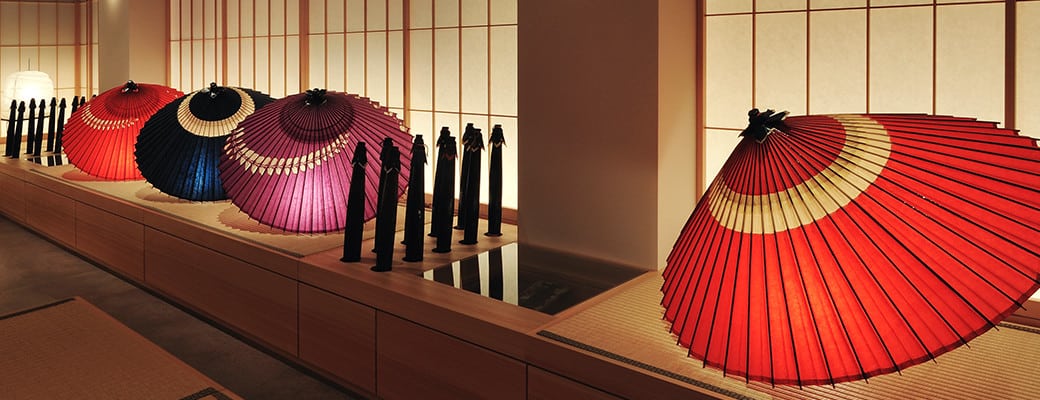
Japanese Umbrella History and Types
Japanese Umbrellas
Long ago in China, a straw canopy hat (tengai), which could not be opened or closed, was invented as an umbrella and these spread to Japan.
In the Muromachi Period (1333-1573), oil was painted on washi paper, and these became popular as water repellant rain umbrellas. Furthermore, in this period it became possible to open and close umbrellas, and thus Japanese umbrellas took their present shape.
There are three types of Japanese umbrellas, Bangasa (sturdy umbrellas), Jyanome (slender umbrellas), and Japanese parasols (Higasa and Maigasa)
Bangasa (Sturdy Rain Umbrella)
A type of Japanese umbrella. The handle is made of bamboo, and the features of the bamboo and washi paper materials are well used to make a strong, sturdy and solid umbrella.
Bangasa were first made in the Edo period (1603-1868) and were popular and widely used among the common people.
This is a Japanese umbrella which is attractive for its unembellished simplicity.
Japanese umbrellas are making Japanese style interia for inns and restaurants etc.
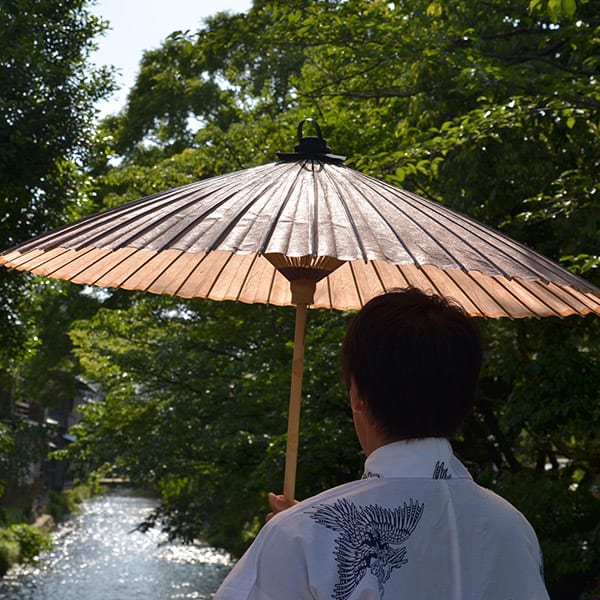
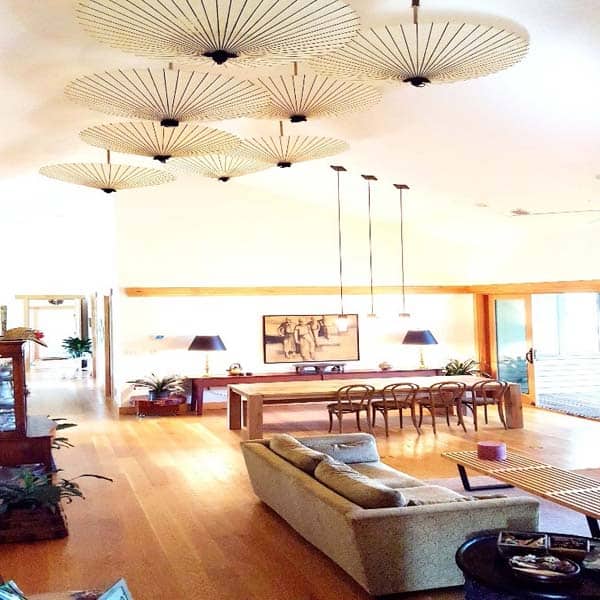
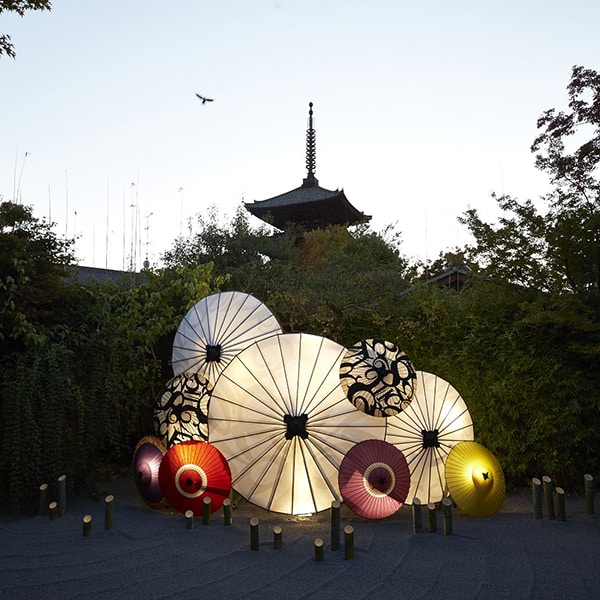
Janome Umbrella (Slender Rain Umbrella)
A type of Japanese umbrella. The handle is made of wood and the grip is wound with rattan. There is an abundance of washi paper colors and designs, and apart from practical use, the number of Janome umbrellas which may also be enjoyed as Japanese style interior decorations have increased.
With decorative strings on the inner side, this is a beautiful umbrella which delights the person who holds it.
The colorful and slender Jyanome umbrella is popularly used by both men and women.
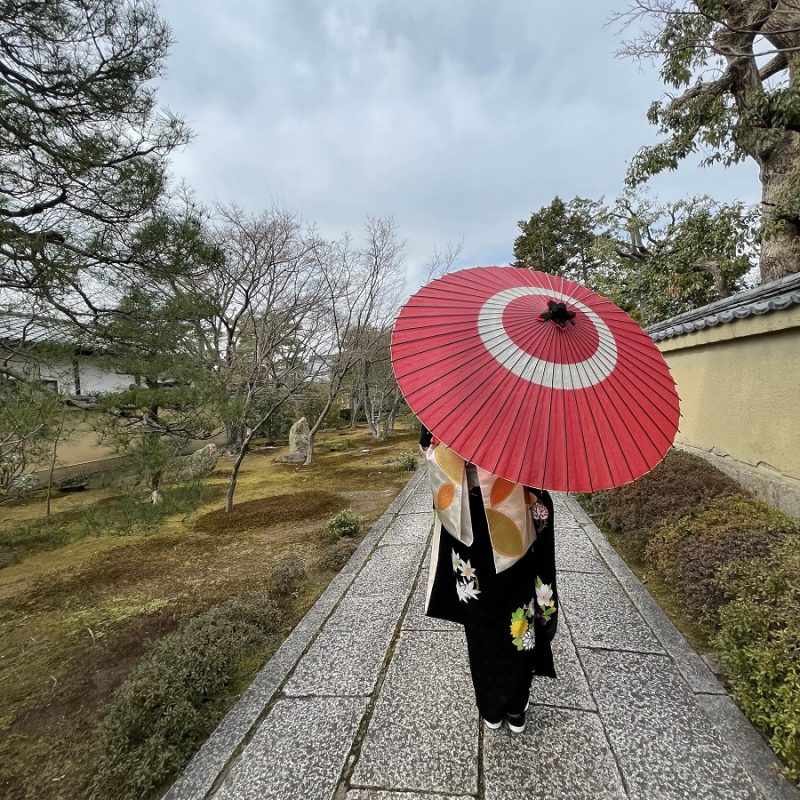
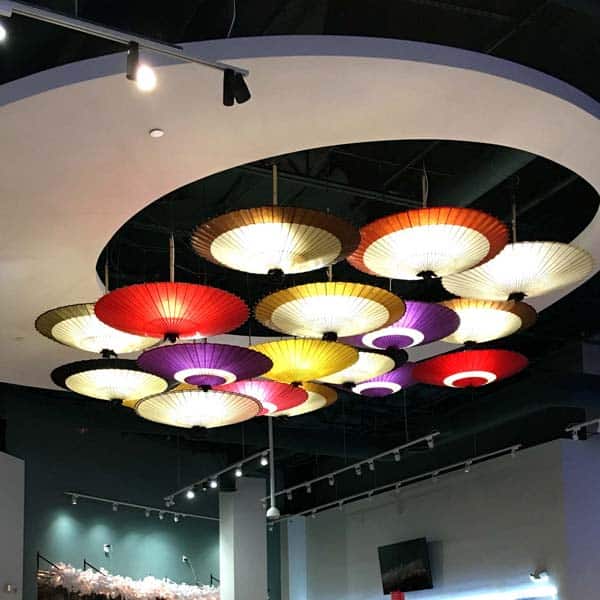
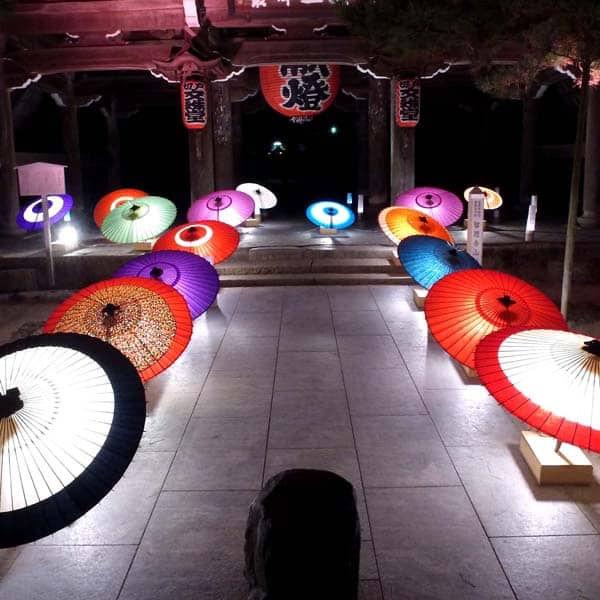
Japanese Parasols (Higasa and Maigasa)
Japanese parasols are different to Bangasa and Janome umbrellas in that they are not waterproof; therefore it is possible to enjoy the true colors of the washi paper and the stencil-dyed patterns of sun parasols (higasa). Bright sunlight passes through the washi paper emitting off a soft light.
Their elegance makes thempopular for Japanese style interior decoration.
These umbrellas are not suitable for rainy weather.
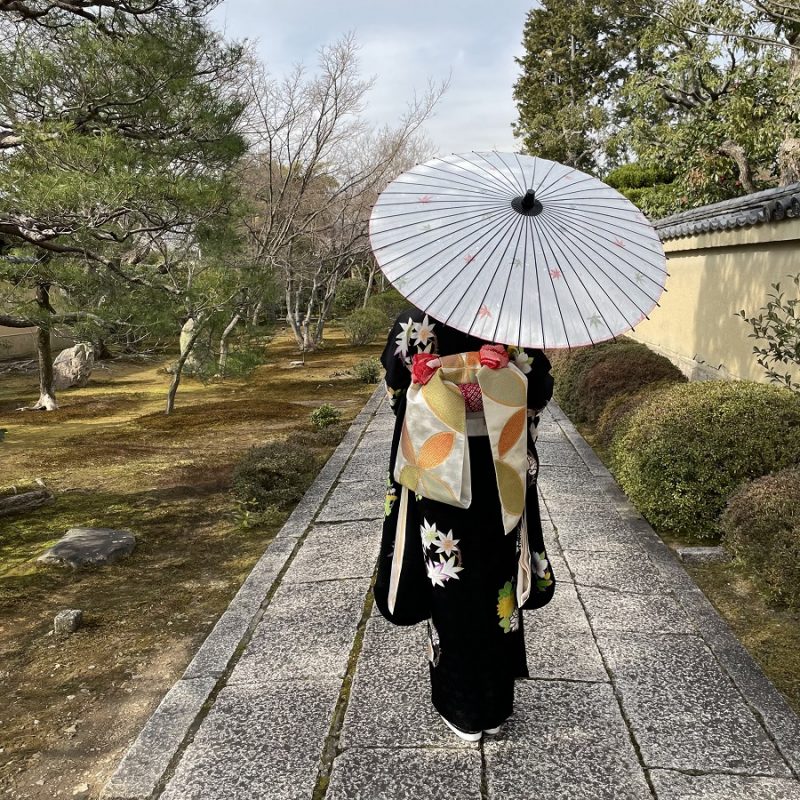
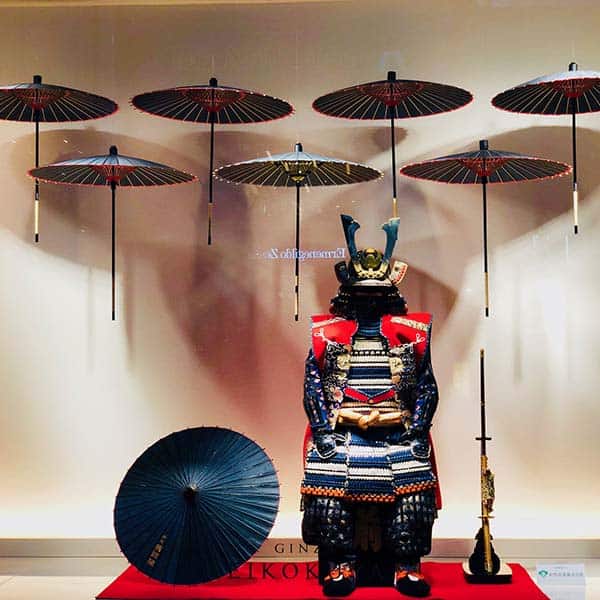

A Suggestion from Tsujikura -A Japanese Umbrella as a Memorable Item-
How about a Japanese Umbrella as a present or interior decoration?
As a tradition loved not only in Japan, but by the people of the world, Tsujikura craftsmen will continue to create Japanese umbrellas in the future.